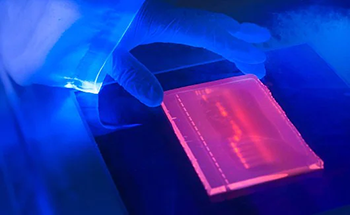Amino Acids
Biochemicals
Amino Acids

Amino acids (AAs) are a group of organic molecules in which each is comprised of a basic amino group (-NH2), an acidic carboxyl group (-COOH), and an organic R group (or side chain) that is unique to each amino acid. Amino acids are building blocks of proteins, as well as the intermediates in metabolism. The amino and the carboxyl groups of amino acids react to form a covalent amide linkage, called a peptide bond. This feature of amino acids allows them to polymerize to form proteins as well as peptides, which generally have shorter amino acid chain length. Amino acids can be classified into three groups: essential amino acids, non-essential amino acids and conditional amino acids. Amino acids are commonly used as supplements in cell culture media and in metabolism research. Discover how our amino acids in varying purities and grades can make a difference in your research endeavors.


